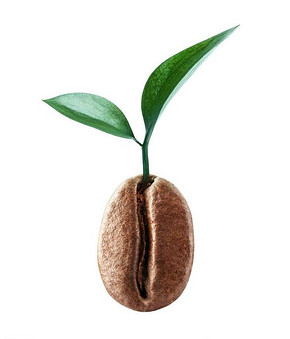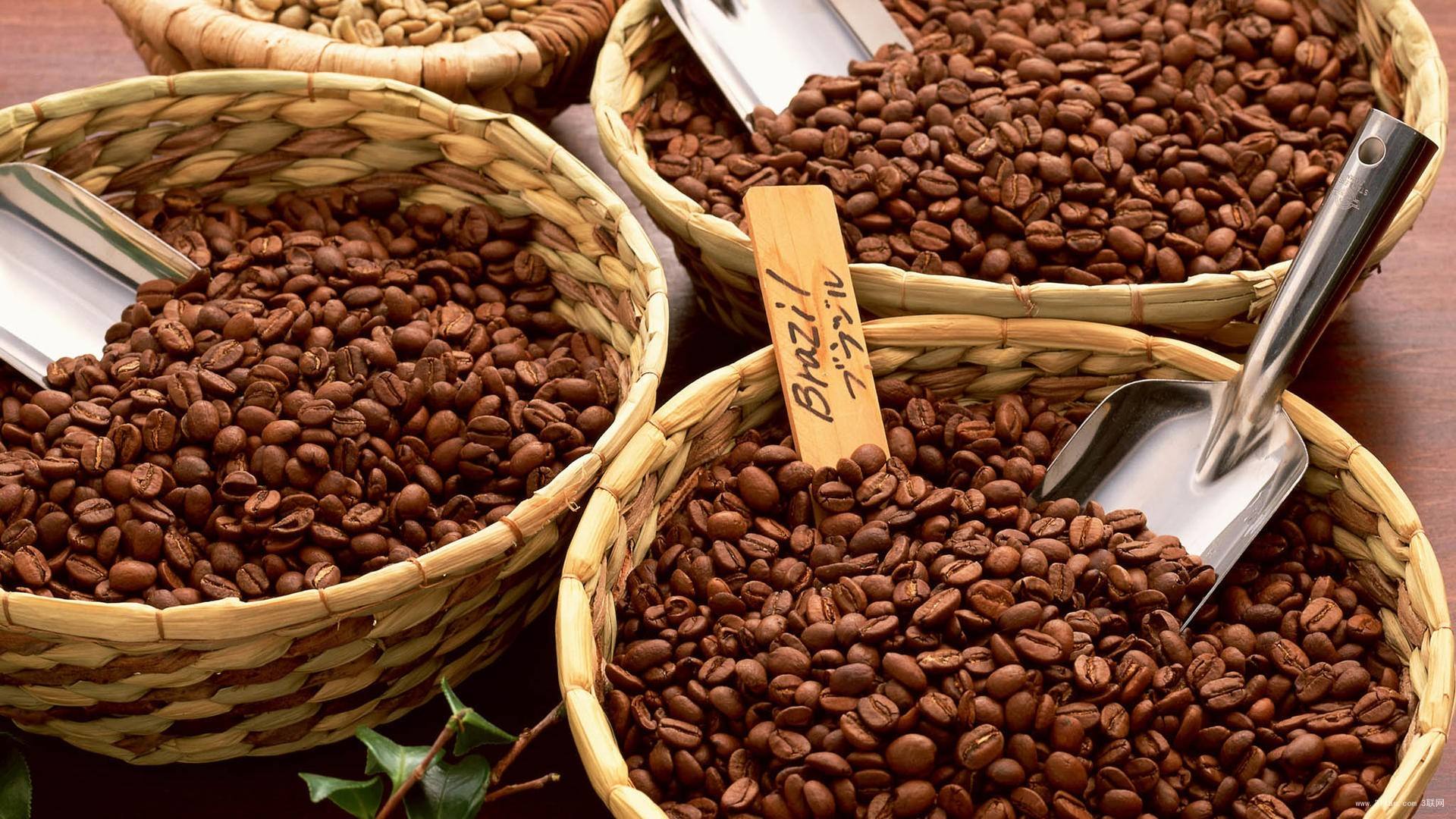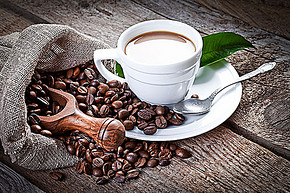Harald, the land of wild coffee in Ethiopia.
Follow the caf é (Wechat official account vdailycom) and found that Beautiful Cafe opened a small shop of its own.
Ethiopia, as the origin of coffee and the cradle of native varieties, has Harald producing areas in addition to the famous Yega Sidamo, Gemma producing areas and so on. Presumably Yega Xuefen and Sidamo are already well-known coffee producing areas in China. So this time I'll talk to you about Harald.
Harald, located in the eastern part of Ethiopia, is an ancient Muslim city with a long history. It was once the capital of ancient Ethiopia and one of the four holy cities of Islam. It has the altitude of high-quality Arabica and is one of the highest coffee-producing areas in Ethiopia. Because Ethiopia has unique natural conditions in terms of altitude, climate and environment, there is no need to elaborate on how good Harald's coffee growing environment is. It is worth mentioning that the Montenegro region of Harald is still one of the regions in the world with wild coffee, which is auctioned in London every year.

Harald is a very arid area, and it has long been known that coffee production in this region can only be treated by solarization, and it is also the largest producer of solarization in Ethiopia.
For hundreds of years, Harald coffee farmers, using camels, donkeys or carriages, risked being besieged by hyenas, transported coffee beans to the downhill port of Djibouti, and then shipped them to the Yemeni port of Moka to European countries.
Harald is not only one of the fine sun-tanned coffee in the world, known as "coffee in the wilderness", but more like a beautiful legend. At a time when the means of transport were still underdeveloped, especially when horses were the main means of transportation, high-quality thoroughbred horses became the goal that people pursued and aspired to. At this time, Essex Harald had the best thoroughbred horses in the world. So they initially classified the coffee grade as "quality coffee is as important as horses of purebred blood."
So the bags of raw Harald coffee beans we saw are still printed with pictures of horses.
The history of Harald coffee is much earlier than that of Yega Chet Coffee, but it is obviously different from Yega Chet Coffee, and its soil and water, climate, treatment and flavor are also different from that of Yega Chet Coffee. Harald has a dry and cool climate, suitable for sun treatment, and its flavor is close to the Yemeni mocha across the bay, so Harald is also known as Harald Moka.
Coffee is grown by small farmers in Harald, Ethiopia. Even in the same area, coffee trees planted by different people may come from different varieties. The link of collecting coffee beans mainly depends on cooperatives and processing plants, and their mobile phones come from coffee beans of different farmers. After processing and grading, unified marketing. Precisely because different varieties of Ethiopian native varieties of coffee beans are mixed in the collection process, there may be great differences between different varieties (a situation that is almost impossible in coffee-producing countries outside the genetic treasure house of coffee), while coffee grading and marketing process, pay attention to the proportion of defective beans and flavor score, resulting in Harald coffee beans uneven.
But just like people can not look, Harald although the raw beans are slightly ugly, uneven particles, but its flavor is like the Yemeni mocha, Harald is a "pure manual" production of coffee, from picking to processing, almost all the process is done by hand, and even shelling is done by hand. Harald's beans are usually divided into three kinds: long bean Harar, short bean Harald and single bean Harald. Among them, long bean Harar is the most popular, growing in areas ranging from 900m above sea level in the Darolebu plain to 2700 m in the highland mountain range of Chercher in eastern Ethiopia. The fruit is full and long, with moderate acidity and a typical mocha flavor. The quality is also the best, the coffee bean shape is slightly longer, has a strong wine aroma, obvious sour taste, and the taste is thick and full-bodied, with wild flavor and rich taste of red wine fermentation. The taste is very aggressive and ready to beat your taste buds, it can be said that a cup of Harald coffee can definitely bring you a primitive experience you have never had before. Therefore, Harald also has the reputation of "African Manning".
When roasting Ethiopian Harald coffee, you can choose a lighter roast to maximize the fruity aroma of the coffee. if you deepen the roasting, the fruity flavor will be reduced and the spicy flavor will be more obvious. Moderately roasted Harald has a moderate acidity, roasted walnut aroma and jujube sweetness, with some cherry and Chinese fir flavors and a fermented finish of red wine.
Important Notice :
前街咖啡 FrontStreet Coffee has moved to new addredd:
FrontStreet Coffee Address: 315,Donghua East Road,GuangZhou
Tel:020 38364473
- Prev

Description of taste and flavor of Harald coffee
Following Cafe Review (Wechat official account vdailycom) found that Beautiful Cafe opened a small shop of its own. Now when it comes to Ethiopian coffee, the first reaction of most coffee lovers is Yega Xuefei, or Sidamo. In fact, there is "Harald", a name that shines loudly in the coffee world. The mention of "Harald" always reminds people of many things: the big four of Islam.
- Next

Description of planting flavor in coffee bean producing area of Tanzania
Following Cafe (official Wechat account vdailycom) found that Beautiful Cafe opened a small shop of its own Tanzania beans Source: Bourbon coffee was introduced to the Kilimanjaro region of Tanzania by Catholic priests in 1898. Then the Kent species was introduced in 1920. Therefore, up to now, the coffee in Tanzania is mainly bourbon and Kent. Coffee products
Related
- Detailed explanation of Jadeite planting Land in Panamanian Jadeite Manor introduction to the grading system of Jadeite competitive bidding, Red bid, Green bid and Rose Summer
- Story of Coffee planting in Brenka region of Costa Rica Stonehenge Manor anaerobic heavy honey treatment of flavor mouth
- What's on the barrel of Blue Mountain Coffee beans?
- Can American coffee also pull flowers? How to use hot American style to pull out a good-looking pattern?
- Can you make a cold extract with coffee beans? What is the right proportion for cold-extracted coffee formula?
- Indonesian PWN Gold Mandrine Coffee Origin Features Flavor How to Chong? Mandolin coffee is American.
- A brief introduction to the flavor characteristics of Brazilian yellow bourbon coffee beans
- What is the effect of different water quality on the flavor of cold-extracted coffee? What kind of water is best for brewing coffee?
- Why do you think of Rose Summer whenever you mention Panamanian coffee?
- Introduction to the characteristics of authentic blue mountain coffee bean producing areas? What is the CIB Coffee Authority in Jamaica?

